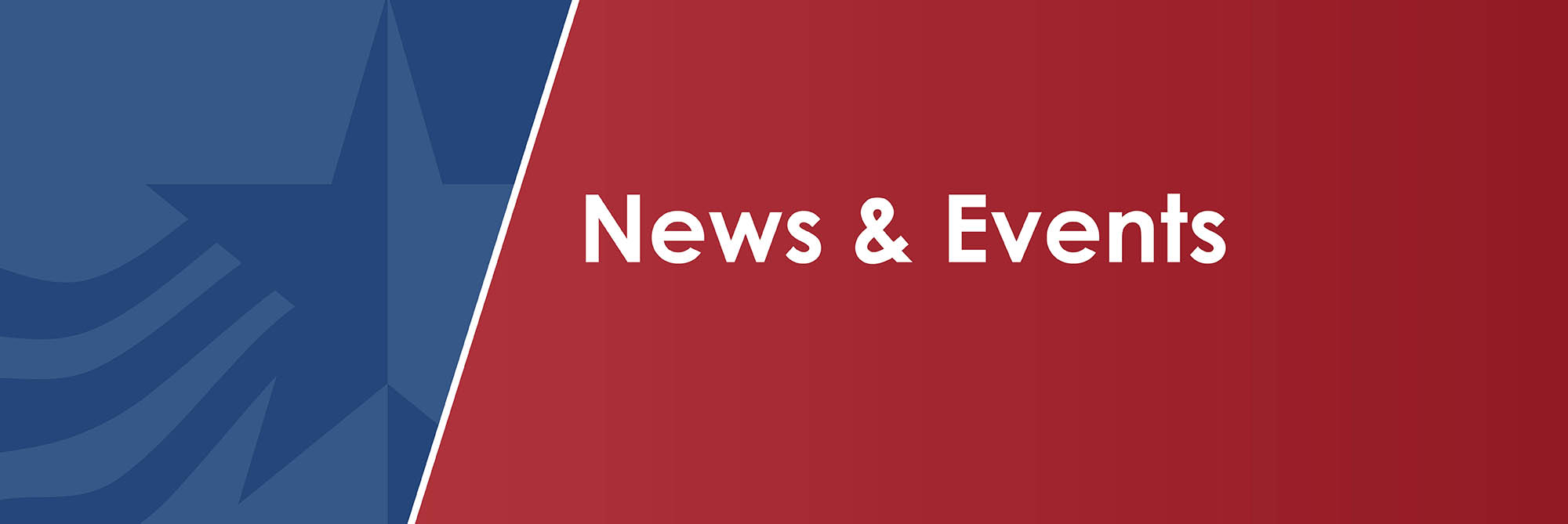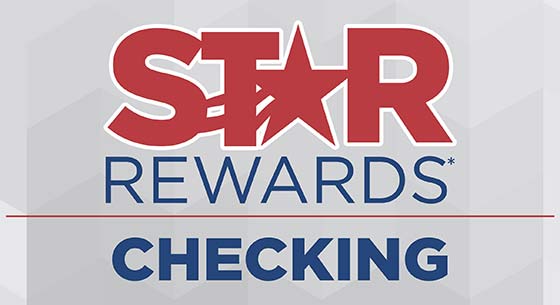Everyone with a debit card knows what it looks like to see pending transactions in their online banking. However, you may notice that sometimes those pending transactions are a different amount than you're actually paying for or they may disappear for a moment before the funds actually come out of your checking account.
Why does this happen? This type of pending transaction is due to pre-authorizations, also known as holds. To limit their risk, businesses have the ability to require pre-authorizations or fund holds for certain types of debit and credit card transactions. By doing this, they can be sure that you do, in fact, have the money or the credit to pay for that transaction. Most commonly you'll see this with hotel rooms and gas purchases at the pump.
Pre-authorizations and holds have been happening for years, but you may be noticing them more now since prices are increasing. A gas station pre-authorization may have only been $50 in the past, where now some gas stations have increased them to $175 to cover the increase in gas prices.
How to Avoid or Manage Debit Card Pre-Authorizations and Holds
- The simplest option is to use a credit card instead. It will still do a pre-authorization and hold (so you need to have the credit available), but this way it's not impacting the money in your checking account.
- If you do want to use your debit card to pay for gas, go inside and pre-pay instead of paying at the pump. Inside, you'll only be charged for the amount you request - no pre-authorization required.
- Watch your accounts carefully and keep track of your spending. There may be some time between when a pre-authorization or hold is removed and when the final transaction is posted. This is because the merchant controls when the final transaction is completed and posted to your account. Make sure you're taking into account that final transaction so you don't end up going into the negative and incurring an NSF fee.
Pro Tip: You can set up account alerts so you get a push notification every time a withdrawal over a certain amount goes through your checking account. This way, you'll know when the final payment comes out.






